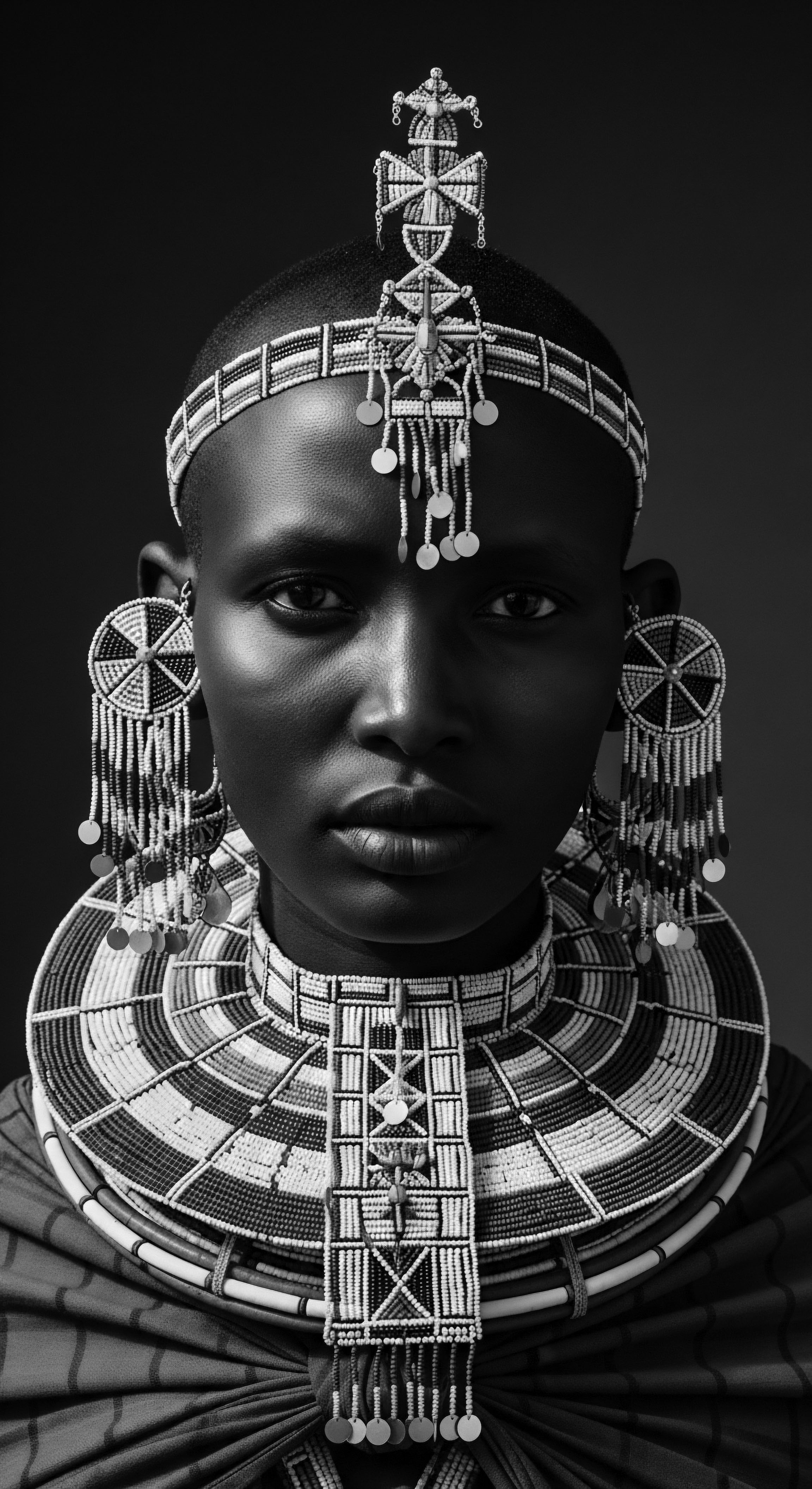
Roots
There exists a whisper, a resonance carried through the very curl and coil of textured hair, a story deeply etched into its heritage. For those whose ancestry reaches back to the sun-kissed lands of Africa and across the vast ocean to diasporic shores, hair is far more than a simple biological outgrowth. It is a chronicle, a living archive of identity, resistance, and connection to ancient ways.
Within this profound understanding, the cowrie shell emerges as a powerful symbol, a shimmering echo from ancestral realms. Its presence in textured hair speaks volumes, a quiet testament to a spiritual language that transcends time, a dialogue between past and present, wisdom and adornment.

Anatomy and the Ancestral Strand
Textured hair, in its myriad forms, possesses a unique architecture, a biological marvel that has long held a sacred place in numerous African societies. Unlike straighter hair types, the elliptical cross-section of a textured strand creates its signature curl, each bend and twist a testament to genetic heritage. Early African communities, with their keen observation of the natural world, understood hair not through microscopes, but through its tactile qualities, its responsiveness to climate, and its capacity for expressive artistry. The health and vigor of one’s hair were often linked to spiritual well-being and a person’s connection to their lineage.
For centuries, the intricate patterns of braids and styles in various African cultures communicated volumes ❉ a person’s age, marital status, tribal affiliation, wealth, or spiritual devotion. This was a language spoken through the crown, a living testament to collective identity. The cowrie shell, with its smooth, curved form, often found its place within these elaborate styles, not as mere embellishment, but as an extension of the hair’s own spiritual significance. It complemented the natural inclination of textured hair to be shaped and adorned, becoming a physical manifestation of deeper beliefs.
The cowrie shell, with its unique shape and origins, is a spiritual echo that has long adorned textured hair across African and diasporic cultures, symbolizing much more than simple beauty.
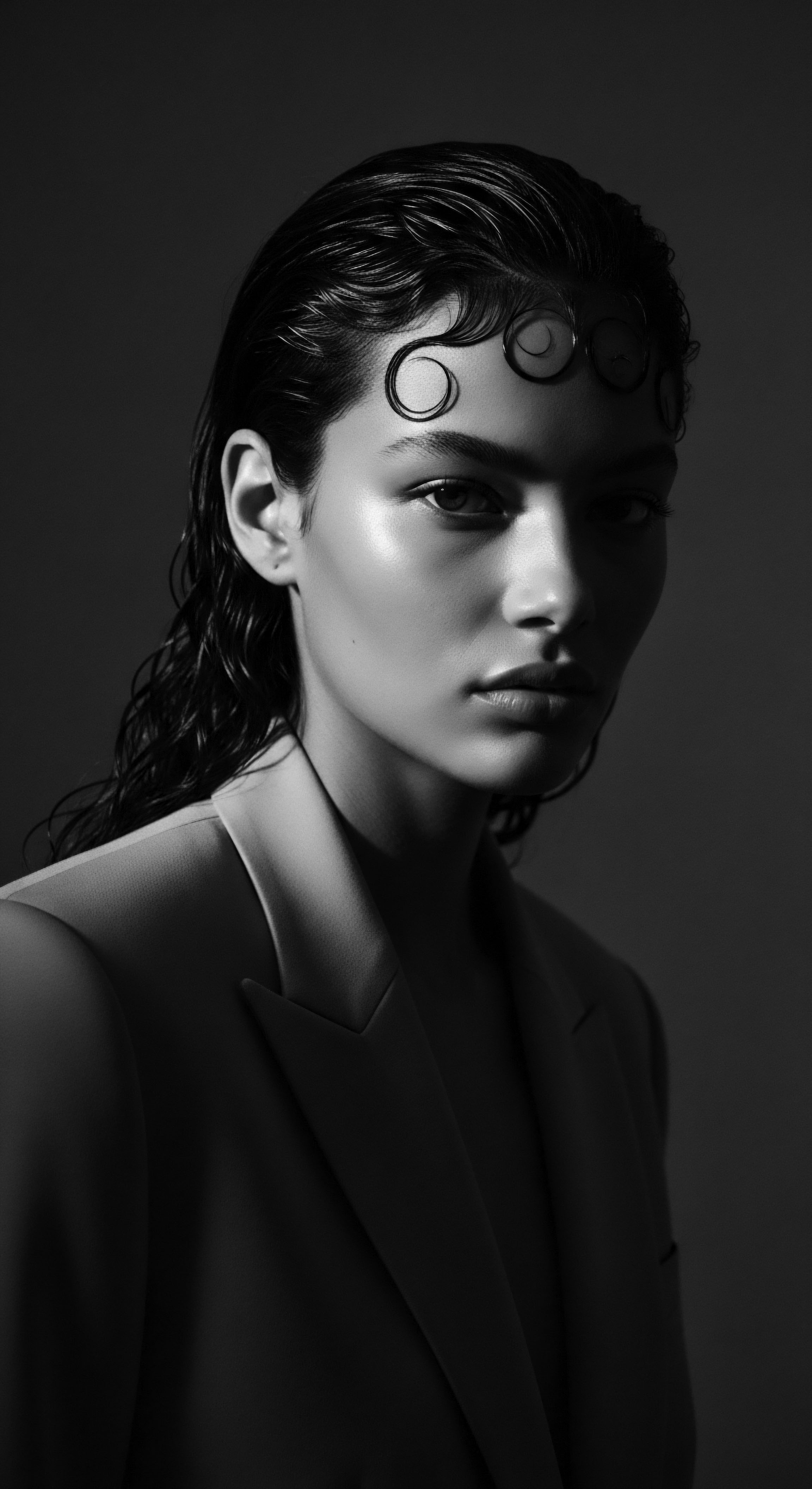
What Does the Cowrie Shape Whisper?
The distinctive shape of the cowrie shell, with its slit opening on one side and a rounded, convex back, holds deep symbolic weight across various African traditions. This natural form has been interpreted in multiple ways, often pointing to concepts of fertility, prosperity, and the feminine principle. Its likeness to a vulva or a pregnant abdomen connected it directly to life-giving forces and the perpetuation of lineage.
This association was especially significant in societies where continuation of the family line and abundant harvests were cornerstones of communal well-being. The shell’s origin in the ocean also tied it to vast, mysterious depths, a realm often associated with ancestral spirits and primordial power.
From the Yoruba people of Nigeria, where cowries are associated with Ajé Olokun, the orisha of the ocean and wealth, to their use in various West African divination systems, the shell consistently points to a connection with unseen forces and the flow of abundance. The white color of the shell itself also carried meaning, often linked to purity, growth, and insight, particularly when employed in divination practices to receive guidance from deities or ancestors.

Historical Resonance of Cowries in Hair Adornment
The historical use of cowries in textured hair is extensive, spanning millennia and diverse communities across Africa and the diaspora. These small shells were not always readily available in every region, as the most common species (Monetaria moneta and Monetaria annulus) were native to the Indo-Pacific oceans. Their presence in West Africa, for example, speaks to ancient and sophisticated trade routes, demonstrating a long-standing history of cross-continental connection. Before the widespread use of coins, cowries served as a dominant form of currency in many African societies, underscoring their inherent value and the wealth they represented.
The transition of cowries from currency to adornment on hair was a natural progression, a testament to their deep cultural meaning. Women, and sometimes men, would adorn their braids, locs, and other intricate styles with these shells. This practice communicated social standing, marital status, or even spiritual devotion.
For example, among the Fulani people of West Africa, cowrie shells, alongside beads and silver coins, were traditionally incorporated into braids, symbolizing wealth and cultural standing. The very act of wearing cowries in one’s hair was a public declaration of connection to a rich heritage, a visual language understood across communities.

Ritual
The preparation and adornment of textured hair has always been a ritual, a tender exchange of care and connection passed down through generations. Into this living tradition, the cowrie shell steps as more than an ornament; it becomes a conduit, a whispered prayer woven into the very strands. The act of placing cowries within coils or braids transforms a hairstyle into a spiritual statement, a celebration of heritage that echoes the wisdom of those who came before us.
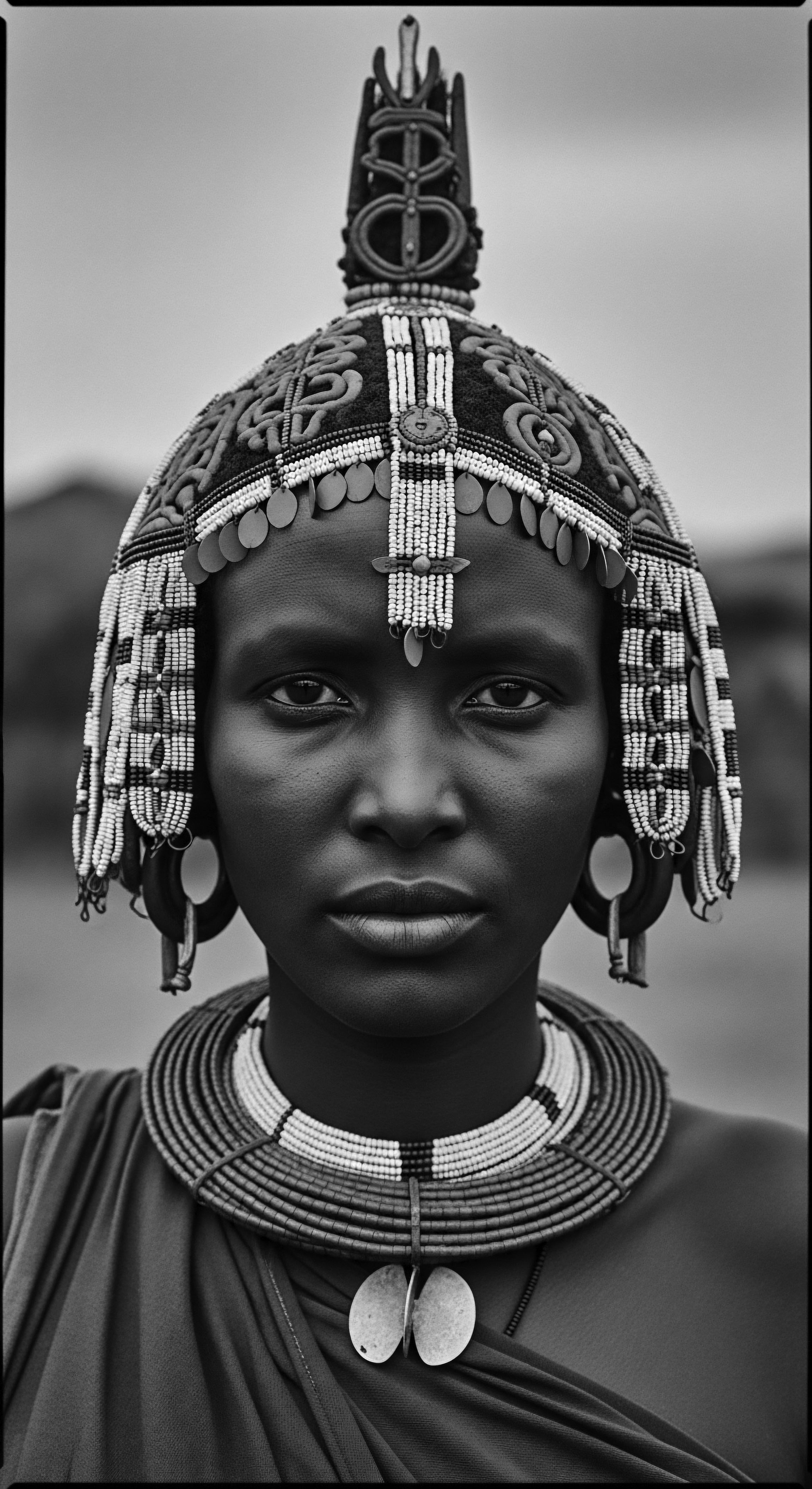
Styling as Sacred Practice
Across the continent of Africa and throughout the diasporic world, hair styling has consistently been a communal and significant practice. It was a time for storytelling, for sharing wisdom, and for reinforcing familial bonds. Protective styles, such as braids, cornrows, and twists, served not only to maintain hair health but also held profound cultural and spiritual meaning. These styles often symbolized communal identity, social position, or even a person’s life stage.
Within this context, the addition of cowrie shells was a deliberate choice, imbued with purpose. The shells were carefully selected, prepared, and then woven into the hair, becoming an integral part of the wearer’s expression. This process itself was a ritual, a quiet moment of connecting the physical act of adornment with deeper, unseen forces. The act of modifying the cowrie shells, often by slicing or piercing them to allow for stringing, reflects the intentionality behind their placement, turning a natural object into a purposeful accessory.
Consider the powerful symbolism in specific styling traditions:
- Fulani Braids ❉ Adorned with cowrie shells and beads, these styles from West Africa often signified social standing, wealth, or readiness for marriage. The shells were not merely decorative; they were part of a visual lexicon, communicating important aspects of the wearer’s life and lineage.
- Yoruba Priests and Priestesses ❉ In historical Yoruba practices, cowrie shells were often used to decorate the hair of spiritual leaders, particularly devotees of deities like Sango. This adornment served to signify their connection to the divine and their role in sacred rituals.
- Egungun Masquerades ❉ Among the Yoruba people of Nigeria, Egungun costumes, which embody ancestral spirits, are often heavily decorated with cowrie shells. These shells contribute to the spiritual power and visual grandeur of the masquerades, linking the living with the revered ancestors.

Traditional Tools and Their Lingering Wisdom
The tools used in traditional hair care and styling were often simple, yet deeply effective. Combs carved from wood, natural oils and butters extracted from indigenous plants, and skilled hands were the foundational elements. When cowries were incorporated, specialized techniques emerged to secure them.
These methods, often passed down from elder to youth, ensured the shells became a harmonious extension of the hairstyle, rather than a fleeting addition. The ability to intricately place and secure cowries within textured hair speaks to the profound skill and artistry of ancestral hairstylists.
| Traditional Practice Braiding (e.g. Fulani Braids, Box Braids) |
| Cowrie Placement and Meaning Woven directly into braids, often signifying social status, wealth, or marital readiness. A visual sign of heritage and prosperity. |
| Traditional Practice Divination Sets |
| Cowrie Placement and Meaning Used as tools for communicating with ancestors and deities; their white color and origin in the ocean realm connected them to ancestry, fertility, and healing. |
| Traditional Practice Ceremonial Garb |
| Cowrie Placement and Meaning Sewn onto clothing or headdresses for rituals and important events, symbolizing divine favor, strength, and protection for kings, warriors, and priests. |
| Traditional Practice The presence of cowries in traditional African hair adornment consistently reflects a deep connection to spiritual beliefs and social standing. |
The careful integration of cowrie shells into textured hair transforms styling into a spiritual act, a visual language speaking of status, heritage, and connection to ancestral realms.

Can Adorning Hair with Cowries Influence Well-Being?
From a holistic perspective, the act of adorning hair with cowrie shells holds more than aesthetic value; it carries psychological and spiritual weight. The shells have long been associated with spiritual protection, believed to ward off negative energies and bring good fortune. For individuals reconnecting with their textured hair heritage, the conscious choice to incorporate cowries can be an empowering act. It is a way to reclaim cultural narratives, to honor ancestral wisdom, and to affirm one’s identity within a lineage of strength and resilience.
This deliberate connection to symbols of the past can foster a deeper sense of self and promote overall well-being. It is a tangible link to a collective memory, offering a sense of belonging and continuity in a world that often seeks to disconnect us from our roots.

Relay
The legacy of cowries in textured hair is a living current, a relay of wisdom and meaning carried forward through generations. It is a testament to the enduring power of cultural symbols, particularly for Black and mixed-race communities. This continuation speaks to how ancient practices not only persist but also adapt, carrying their profound spiritual charge into contemporary expressions of identity and self-care.

Ancestral Wisdom and Modern Care
The meticulous regimens of textured hair care today, often emphasizing moisture retention, protective styling, and natural ingredients, find their echoes in ancestral practices. For centuries, African communities used natural oils, butters like shea, and plant-based concoctions to nourish and protect their hair. This ancestral wisdom, passed down through oral traditions and communal practices, laid the groundwork for modern holistic hair wellness.
The cowrie shell, in this context, stands as a reminder of a time when every aspect of self-care, including hair, was seen as intertwined with spiritual and communal well-being. It signifies an unbroken chain of knowledge, where the efficacy of ancient methods often finds validation in contemporary scientific understanding.
A compelling historical example of cowries being integrated into both daily life and spiritual practices, directly linked to textured hair, can be observed among the Yoruba People of Southwest Nigeria. Cowrie shells, known as owo eyo, were not merely a medium of exchange, but held significant spiritual weight. As recounted by the researchers Ajayi and Adekoya (2022), cowrie shells were traditionally used in divination rituals, particularly the Ifá system, to communicate with deities and ancestors and to interpret their messages. The distinct pattern of sixteen cowries cast upon a sacred tray would unveil insights into one’s destiny or offer guidance for challenging situations.
This practice was not isolated; spiritual practitioners, including priests and priestesses of various orishas, adorned their hair with cowrie shells as a visual representation of their divine connection and authority. Thus, the cowrie in hair was a public signal of spiritual engagement and ancestral lineage, far beyond simple ornamentation. This deep societal and spiritual integration speaks to the profound value of cowries, demonstrating how a tangible object became a central element in personal spiritual identity and a public declaration of one’s sacred path.
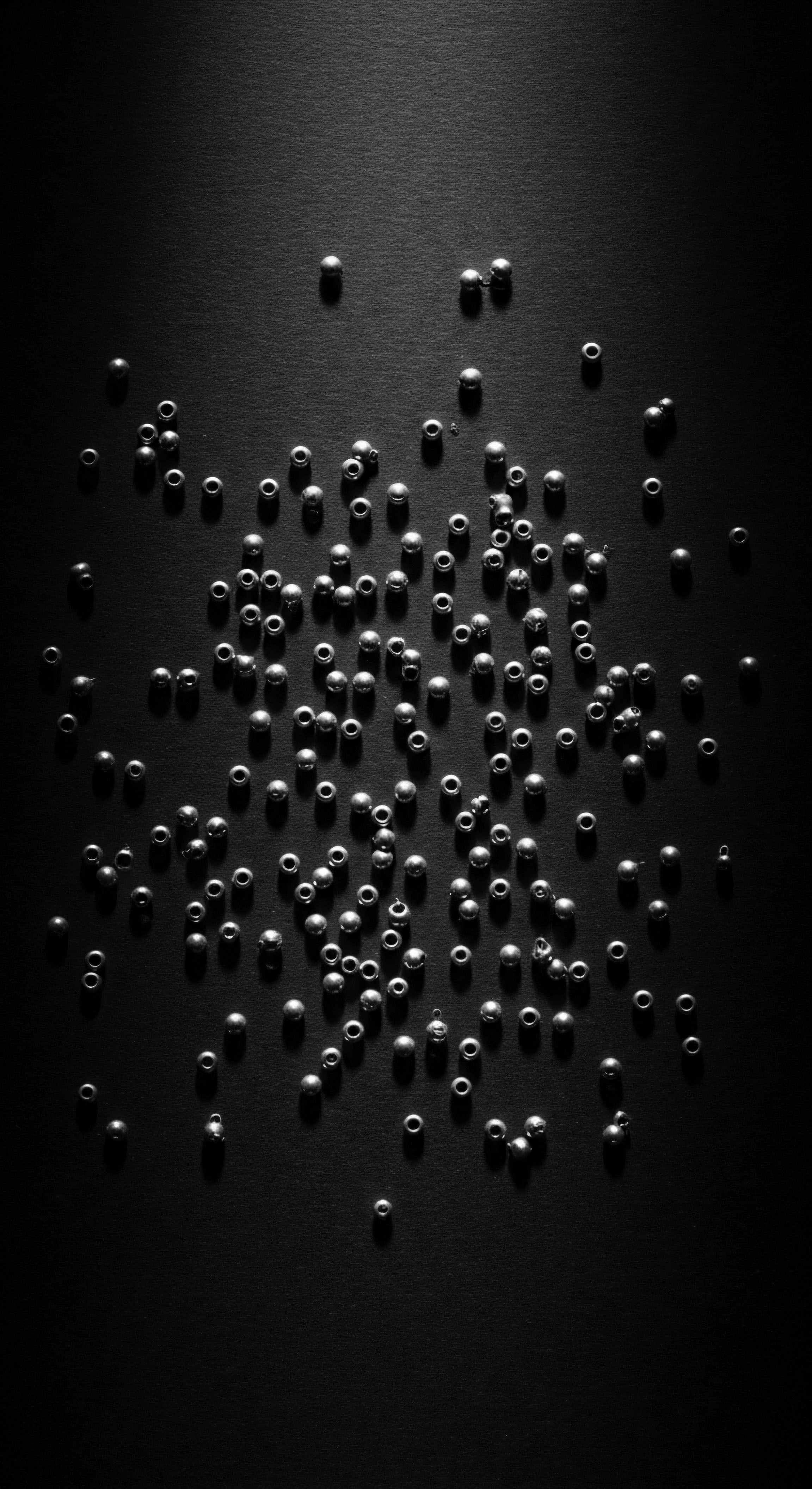
Divination and Spiritual Connection
Beyond their role in adornment, cowrie shells have long been central to various divination systems across Africa, acting as a direct link between the physical and spiritual realms. The method of casting cowries to interpret messages from deities or ancestors is a testament to their symbolic power. This practice, carried across the Atlantic during the transatlantic slave trade, persisted in diasporic spiritual traditions, allowing enslaved Africans and their descendants to maintain a connection to their heritage and seek guidance in oppressive circumstances. The presence of cowries in textured hair, particularly in spiritual ceremonies or rites of passage, can thus be seen as a conscious invocation of this ancestral communication, a means of wearing one’s spiritual antenna upon their crown.

The Unbound Helix and Future Echoes
The enduring presence of cowrie shells in contemporary textured hair styles speaks to a profound cultural resilience. In modern fashion and personal adornment, cowries continue to appear, worn by individuals who may or may not explicitly follow traditional spiritual paths, but who nonetheless recognize their symbolic power. This contemporary revival is a conscious act of reclaiming and honoring heritage, transforming historical symbols into statements of pride and identity in the present day.
The ability of cowries to bridge ancient wisdom with modern expression, to speak of wealth, fertility, protection, and ancestral connection, means they remain powerful symbols for the future of textured hair. They remind us that the health and styling of textured hair are not isolated acts of vanity, but deeply interconnected with history, community, and spirit. The cowrie shell, small yet mighty, represents the continuous flow of knowledge, resilience, and beauty from the very source of our being.
Cowries, a vital link in the relay of ancestral wisdom, continue to shape textured hair practices, embodying spiritual connection and cultural resilience across generations.

The Significance of Shared Cultural Symbols
The shared meaning that cowrie shells hold across diverse African and diasporic communities underscores the strength of collective heritage. Despite vast geographical distances and the passage of centuries, the symbolic resonance of these shells has remained remarkably consistent. This continuity points to a foundational understanding of identity and spirituality that transcends individual experiences. When cowries are incorporated into textured hair, they become a visible marker of this shared cultural landscape, fostering a sense of belonging and collective pride for individuals of Black and mixed-race ancestry.
The persistence of cowries as a cultural signifier can be seen as a form of cultural memory, a living archive embodied in adornment. It communicates a story of survival, adaptation, and the unwavering spirit of a people who have maintained their cultural expressions against immense historical odds. The cowrie shell, therefore, does not just speak of what was, but what is, and what will continue to be, in the ongoing narrative of textured hair heritage.
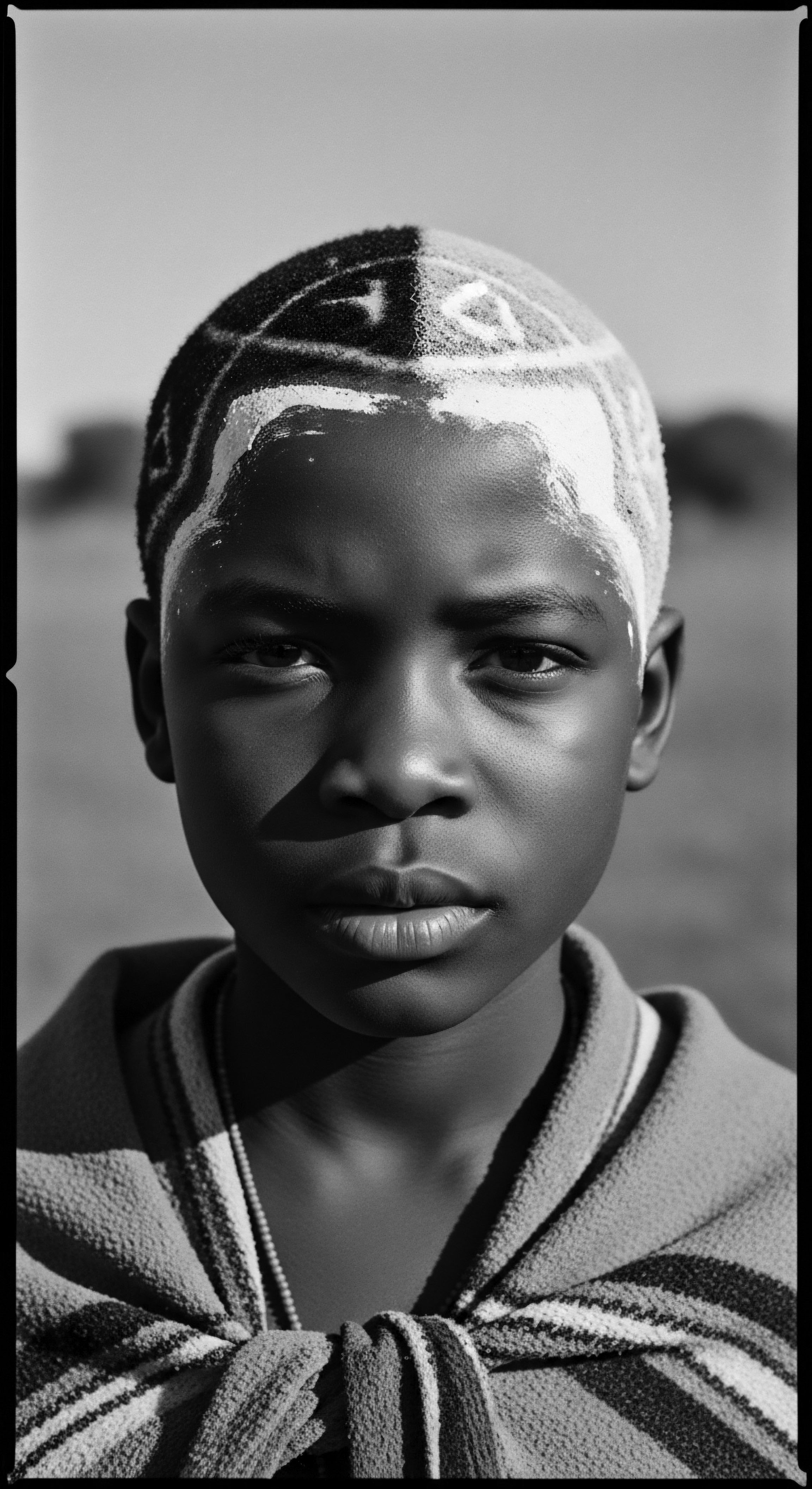
Reflection
As we consider the journey of the cowrie shell, from the ocean’s depths to the crowns of textured hair, a profound truth settles ❉ the strand carries soul, a vibrant, living archive of ancestry. The spiritual meaning of cowries for textured hair cannot be distilled to a single definition. Instead, it is a chorus of voices – a historian speaking of ancient trade routes, a wellness advocate whispering of protective energies, and a scientist noting the shells’ elemental structure – all united by the central theme of heritage. Each curve of the cowrie, each slight ridge on its surface, tells a story of fertility, prosperity, protection, and the unyielding connection to the ancestral realm.
When these shells rest upon textured hair, they do more than adorn; they participate in a timeless dialogue, a continuous affirmation of identity, resilience, and enduring beauty. The very fibers of our hair become a canvas for inherited narratives, a vibrant testament to the living legacy that flows through every curl and coil, forever bound to the wisdom of those who came before.
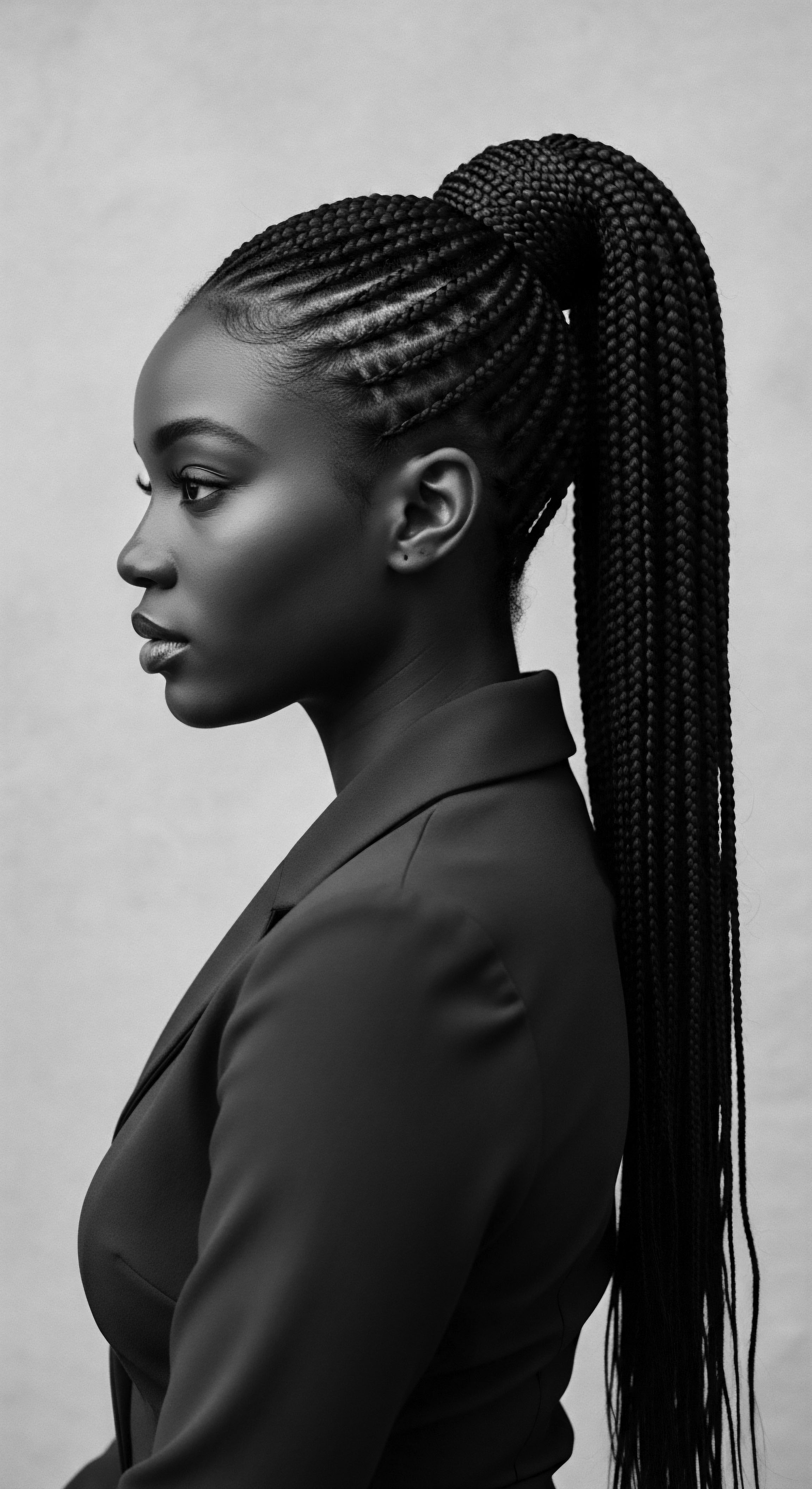
References
- Ajayi, Noah Oluwasanjo, and Adekoya, Elizabeth Olanike. (2022). Cowrie Shells in Ojo-Alaworo ❉ A Nexus of Art, Culture, Tradition, Heritage, and Economic Development. Granthaalayah Publications and Printers.
- Ogundiran, Akinwumi. (2002). Of Small Things Remembered ❉ Beads, Cowries, and Cultural Translations of the Atlantic Experience in Yorubaland. The International Journal of African Historical Studies, 35(2/3) ❉ 427-457.
- Pallaver, Karin. (2023). Cowries, the currency that powered West Africa. ReThink Quarterly, 7.
- Pearce, Laurie E. (1992). The Cowrie Shell in Virginia ❉ A Critical Evaluation of Potential Archaeological Significance. Master’s thesis, Department of Anthropology, College of William & Mary. University Microfilms International, Ann Arbor, MI.
- Samford, Patricia. (1994). Searching for West African Cultural Meanings in the Archaeological Record. African Diaspora Newsletter, 1.
